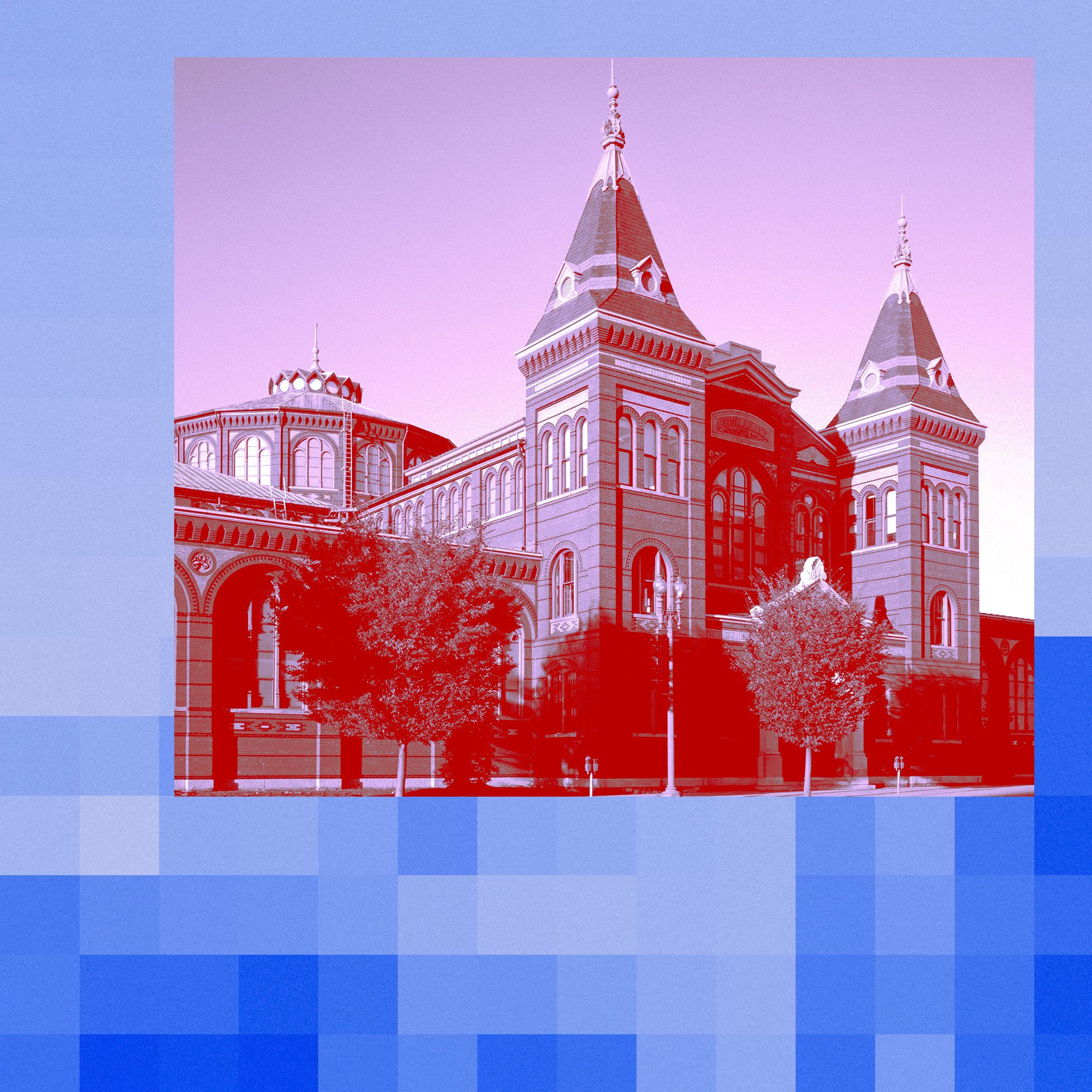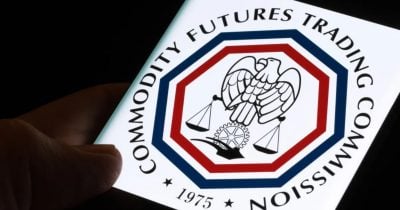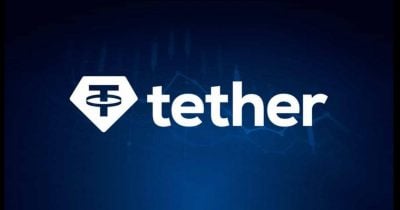Jim Sanborn couldn’t believe it. He was weeks away from auctioning off the answer to Kryptos, the sculpture he created for the CIA that had defied solution for 35 years. As always, wannabe solvers kept on paying him a $50 fee to offer their guesses to the remaining unsolved portion of the 1,800-character encrypted message, known as K4—wrong without exception. Then, on September 3, he opened an email from the latest applicant, Jarett Kobek, which started, “I believe the text of K4 is as follows …” He’d seen words like this thousands of times before. But this time, the text was correct.
“I was in shock,” Sanborn tells me. “Real serious shock.” The timing was awful. Sanborn, who turns 80 this year, saw the auction as a way for someone to continue his work of vetting potential solutions while maintaining the mystery of Kryptos. He’d also been looking forward to getting compensated for his work. What came next was even more shattering. He quickly got on the phone with Kobek and his friend Richard Byrne, who gobsmacked him by reporting they did not find the solution by codebreaking. Instead, Kobek had learned from the auction notice that some Kryptos materials were held at the Smithsonian’s Archives of American Art in Washington, DC. Kobek, a California novelist (one of his books is called I Hate the Internet), got his friend, the playwright and journalist Byrne, to photograph some of the holdings. To Kobek’s astonishment, two of the images contained a 97-character passage with words that Sanborn had previously dropped as clues. He was staring at the full unencrypted text that CIA and NSA codebreakers, along with countless academics and hobbyists, had sought for decades.
The secret of Kryptos was out of the artist’s hands, in the most humiliating way imaginable—Sanborn himself had mistakenly submitted it in readable form to the museum. For 35 years the Kryptos plaintext had been a summit that none had reached. Suddenly some had attained it—not by climbing to the peak but by hitching a ride to the top. Sanborn’s grand vision for a piece of art that illuminated the idea of secrecy itself was imperiled—as was the auction. Now he had to figure out what to do about it.
Enter: The Media
The initial phone call had been friendly. Kobek and Byrne insisted that they did not want to mess up the auction. After he hung up, Sanborn called the auction house. That’s when things started going sideways. As Sanborn tells me, “They said, ‘Listen, see if the guys will sign NDAs, and see if they’ll take a portion of the proceeds.’ And I said, ‘Oh geez, man, I don’t know about that. But I offered it.’”
Kobek and Byrne were uncomfortable with that arrangement and refused to sign. (RR Auction executive vice president Bobby Livingston didn’t comment on the legal issue but says of an NDA, “It’s something that would be comforting to our clients.”) Sanborn told them his intent was to get the Smithsonian to freeze the archives—which it did. He assumed Kobek and Byrne would stay silent. “If you don’t release it, you’re heroes to me,” Sanborn told them.
“I thought everything was OK,” he says, “And then all of a sudden [the journalist] John Schwartz calls me and says these guys want to publish it in The New York Times.” Kobek explains to me that they contacted Schwartz in part to relieve some legal pressure. “There was threat after threat being sent to us from the auction house’s lawyers, threatening to sue us for a multitude of things,” he says. (When I ask Livingston if his lawyers have been contacting Kobek, he says, “There’s lawyers talking to each other,” and adds that there may well be copyright concerns if Kobek and Byrne published the plaintext.) On October 16, Schwartz published his scoop, informing the world that the plaintext was out.
Sanborn tells me that Kobek shared the plaintext with Schwartz over the phone. When asked about this, Kobek says, “I cannot speak about that…I am under significant legal peril.” Schwartz says. “Once my editors decided it would not be revealed in the story, I deleted the text from my interviews file. I don’t know it.” (So don’t bug him.)
RR Auction now has a disclaimer on the description of the Kryptos lot, noting the Smithsonian discovery. “The researchers have stated they do not plan to release the solution,” it reads, though RR also acknowledges that there is no assurance that the solution won’t spill at some point. “It certainly has an effect on the auction,” says Livingston. “But we’re moving forward with it, with the disclosure of what happened.”
Livingston points out that the firm is auctioning off not just the K4 plaintext, but a set of objects that have worth on their own, including the coding charts, the original handwritten plaintext, a unique “proof of concept” copper plate, and Sanborn’s CIA visitor badge. For collectors of cryptographic history, or even art fanatics, those goodies might be irresistible. Sanborn has also pledged to spend an afternoon walking the winner through the Kryptos story, with guidance on how to keep it going.
With the news that at least two people have the K4 plaintext, RR and Sanborn have shifted their focus to a different aspect of the Kryptos secrecy. In recent months, Sanborn has been talking more about the fact that the ultimate solution to Kryptos is not the decrypted plaintext but another mystery that will emerge when the plaintext is available. Kind of like finishing off the big boss in a video game and then finding out there’s another villain to conquer. “I said years ago, there’s something after Kryptos,” he now says. “ It’s a riddle. It means something. It leads somewhere else. And then all of a sudden it started getting named K5.” Sanborn is vague on the nature of K5. Is it one of the test passages Sanborn made in 1988 when he was trying to see what would fit on the face of the sculpture? Something that involves other parts of the CIA installation? Or a different Sanborn puzzle altogether? In any case, Sanborn and his auction house are now touting the K5 solution as part of the prize.
That’s not to belittle the fact that, despite Kobek’s discovery, K4 is in no way solved. The Kryptos mystique has endured largely because for 35 years the ciphertext has confounded the world’s best codebreakers. Elonka Dunin, a leader of the community devoted to endless speculation about the Kryptos solution, says she hasn’t detected a slackening of interest after hearing about the Smithsonian discovery. She says that Kryptos-world is more upset about the fact that the solution will be auctioned off—adding uncertainty to the 35-year-old chase—than at the fact that two random researchers found a copy of the plaintext. (Pretty much everyone thinks Sanborn deserves a better retirement nest egg.) To her, the real quest is to actually crack the code, a sentiment that Sanborn avidly shares. “They only discovered it, they did not decipher it,” he tells me.
Right now, the parties have reached an uneasy stasis. The auction is now open; as I write this, the high bid has topped $43,000. The auction house hasn’t changed its estimated $300,000 closing bid. Kobek says he wishes he had never sent Byrne to the Smithsonian in the first place. “It’s a sad story, in a way,” he tells me. Sanborn is in agony.
Still, I don’t think the Kryptos saga has been irrevocably tarnished. I always saw Sanborn’s artwork as a brilliant commentary on the shadow world of spookdom, where nothing is as it seems and outcomes often come without clarity. To date, the machinations of solving Kryptos—or even figuring out if it could be solved—have been on a high level, a complex web of shadows that John le Carré might have spun. The anticlimactic discovery of the plaintext, due to Sanborn’s slip, has shifted the narrative to the tragicomic purgatory of Mick Herron’s Slough House series.
There’s still a chance for a satisfying ending. Sanborn’s hope in auctioning off the solution has always been that the winning bidder will continue the process of vetting guesses until someone finally arrives at the answer via math and grit. To help his successor, Sanborn’s been working with technologist and entrepreneur Igor Jablokov to build an AI system that can autonomously sift through the guesses. Jablokov described it to me as a virtual Sanborn.
Jablokov is a rabid Kryptos fan; he even owns a unique replica of the sculpture that was created for an episode of the TV show Alias. He’s also wealthy, having sold his first company to Amazon. He tells me that earlier this year when he heard of Sanborn’s financial situation, he offered to buy the solution and take over the vetting. Sanborn could not explore that option because he’d already agreed to do the auction.
Hearing this, it dawns on me that I might be talking to the eventual winning bidder for the Kryptos secret—and the person who will continue to protect its remaining secrets. I ask Jablokov whether he is going to do just that. The pause after my question indicates I might have hit paydirt. “I’ll leave that to ambiguity,” he says. “But obviously I’m an actor, an interested party.” We’ll see what happens on November 20 when the auction closes. I suspect that no matter the outcome, ambiguity and mystery will still pervade one of the greatest art projects of our time.




